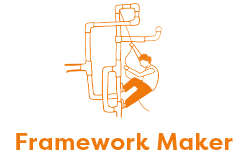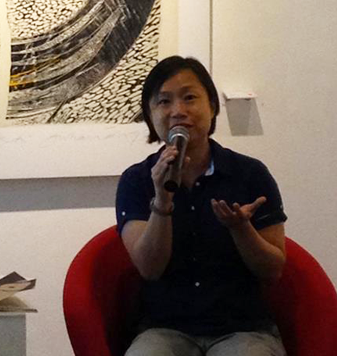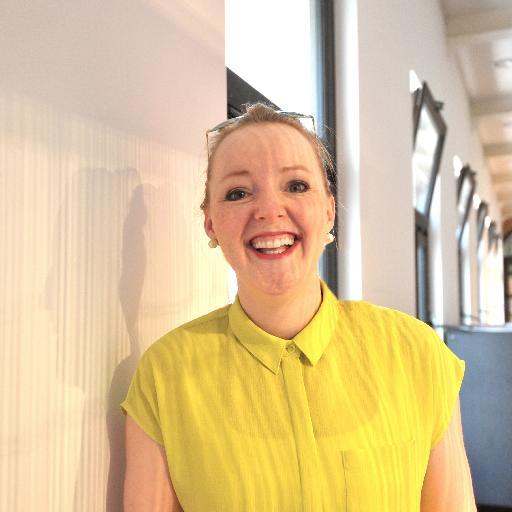13 Organisations featured
Steelcase / Accenture & Fjord / ZOOM Education for Life / Deloitte Australia / Bumrungrad Hospital / Spotify / Itaú Bank / Telstra / US Department of Veterans Affairs / SAP / Adur and Worthing Councils / Satellite Applications Catapult / Innovation Studio Fukuoka
7 Experts interviewed
Peter Coughlan / GK VanPatter / Mark Vernooj / Mariana Amatullo / Brenton Caffin / Christian Bason / Beatriz Lara Bartolomé
3 Levels of organisational transformation
Level 1 – Changing products and services
Level 2 – Changing the organisation
Level 3 – Changing the nature of organisational transformation
256 Pages
In-depth case studies of 13 organisations from around the world and across commercial and public organisations. Visual summaries to help readers quickly identify key areas and insights from each case study.











